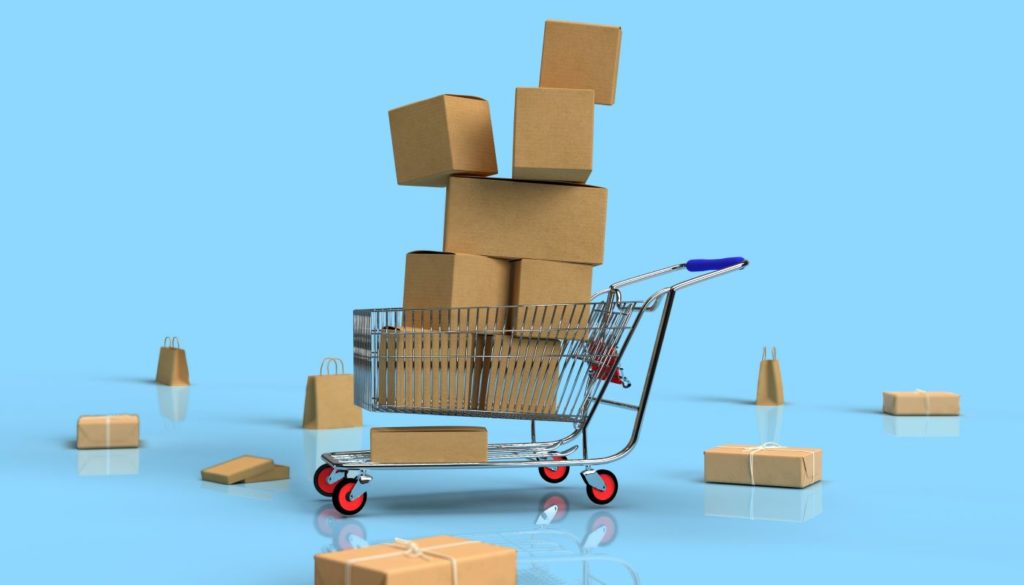Own an online store? These emails will increase your sales
Once more, the shopping month of November will be the pièce de resistance for the end of the year. If you already experienced a Black Friday or two you are familiar with this trip: a month of absolute shopping madness that consumes the physical, mental and organizational resources of your business. As befits this busy time, there’s no room for mistakes or for wasting time. In other words: if it is not automatic – it is not effective.
It’s hard to find a sales manager who wouldn’t want their employees to concentrate on what they do best, and that’s exactly what automations are for. The communication between seller and buyer, which is almost obvious and is part of an age-old agreement between the two sides, is such that each party know what to expect. You signed up for a newsletter? Receive a thank you email. Bought a product online? Here is your invoice by email or text. Pretty basic stuff, right? Only if you ignore the other automations in the mailing system, which should make life easier for you. Small wonder that the largest ecommerce websites already know that you can’t ignore the following emails, since they can lead to an increase in sales and revenue.
8 Automated emails that every ecommerce must know
1. Curated email
One of the most important emails in any sales process, for this simple reason: it’s based on the most recent user behavior. Every time a user viewed a product page, watched a tutorial video or downloaded a catalog – the data is kept, in order to help building an accurate client profile. The purpose of this email is one: to provide personal added value, and encourage purchases without wasting time and annoying the user. Make sure you send it once a week, so the information accumulated in it will be current and innovative.
2. “Back in stock” email
The “back in stock” email is intended to inform users that certain products returned to the digital shelf, and can be purchased again. This email may seem obvious, but it has an important role in maintaining continuous communication with clients. The “back in stock” email should be sales-oriented, and also include products that may be of interest to the user.
3. “The price has dropped” email
The older sibling of “back in stock”, which also serves as a sales inducer for clients that are interested in a particular product – but haven’t bought it yet. This email appears innocent, and some might perceive it as an old trick to increase sales, but make no mistake. The price reduction is entirely personal, and is intended for the person who searched directly that product. In this case, the email can hit the bull’s-eye with the right user.
4. Abandoned cart email
A-must-have-email for any ecommerce’s toolbox. Its goal is clear: to bring back clients who deserted their shopping cart for some reason. An effective abandoned cart email is sent between 2-24 hours from the moment the shopping cart is abandoned. It should be clear cut: your purchase is about to expire – and you should hurry. We also recommend adding the products themselves, the best prices and a link for immediate purchase.

Abandoned cart email. A-must-have-email for any ecommerce’s toolbox (UNFLASH)
5. Referral email
Another automated email from the ecommerce toolbox you should adopt. This email is sent to satisfied clients that also rated the purchase process, and are able to add to the business’s client base. The email itself must include incentives and a call to action, which will help these clients share the email safely with their friends. It should be a personal email, based on preferences and exposure data, collected in the marketing monitoring systems.
6. Points accumulation email
Loyalty programs have long been more than just a marketing gimmick (because let’s get real, who doesn’t like being called a VIP?). They are an essential tool for strengthening sales by challenging the buying patterns of existing clients. Therefore, an email announcing the accumulation of reward points after each purchase will, in many cases, be the perfect incentive to increase shopping. The email must include the clients’ remaining accumulated points, a reminder about the products they can buy with the points and of course – different design and language as befits VIP clients.
7. Cross-sale email
Another essential tool that can increase shopping in the short term. A client purchased a charger for iPhone 14? Great, the next email should offer them a package of related products for that iPhone, in the best price they can find, and with free shipping (of course!). Oh yeah, don’t forget to add buyer’s guides, catalogs and a lot of info about the beautiful and problem-free life of iPhone 14 owners.
8. Win-back email
This email is actually not intended for active clients, but more for past or dormant clients, whose activity was stopped without you knowing why. This infrequently sent email, such as once a month or a quarter. It keeps your brand in the client’s mind, and remind them they once shopped at your website, and that you simply miss them.

